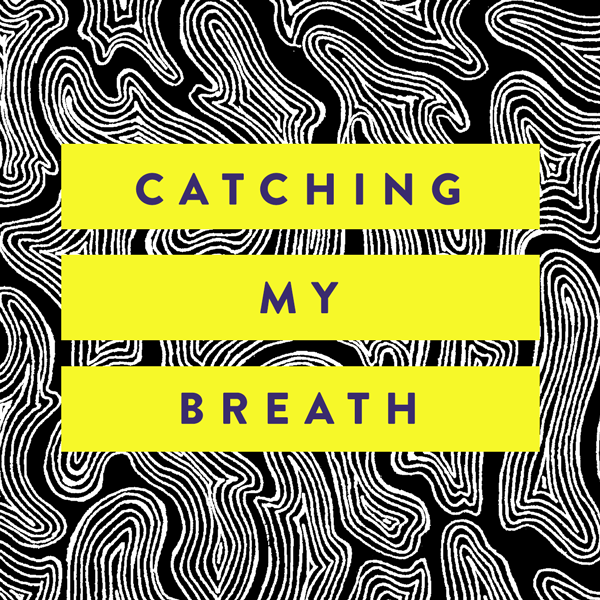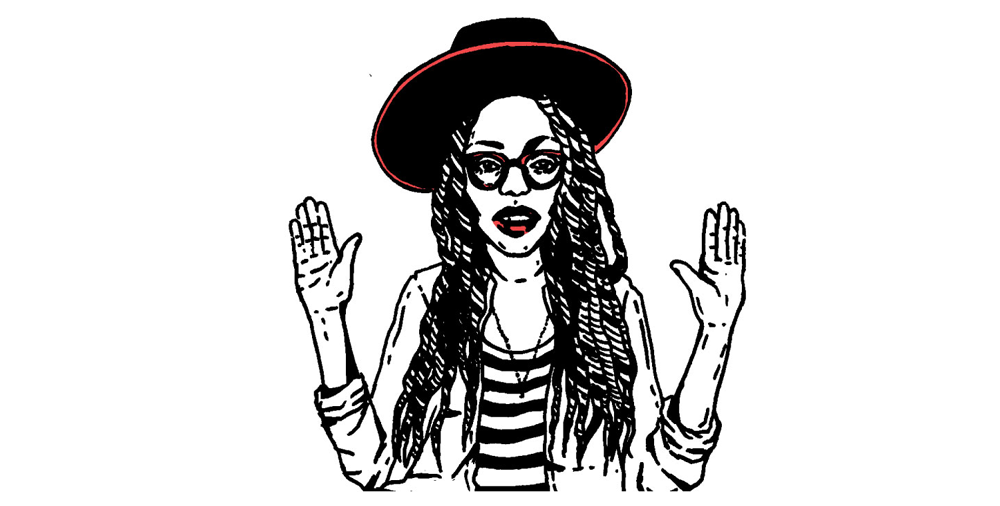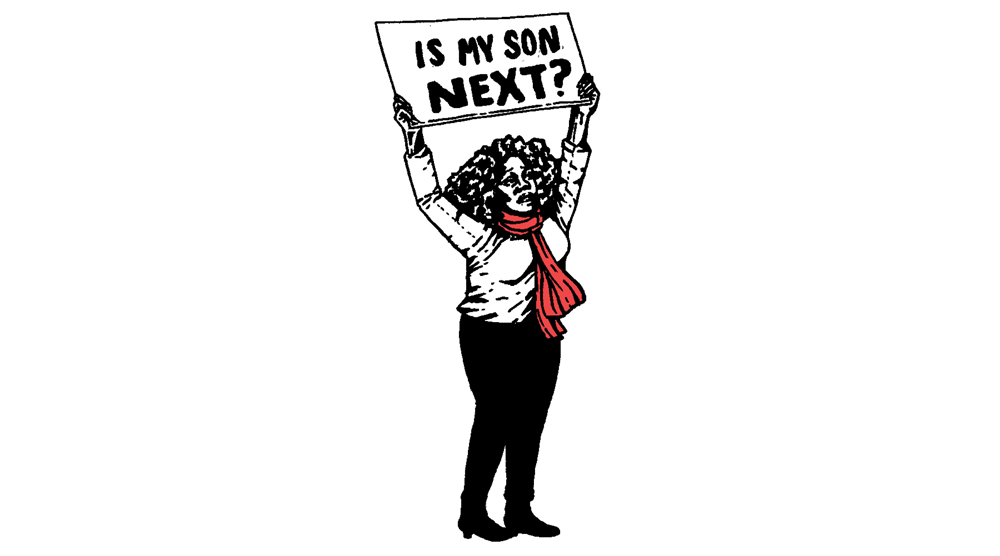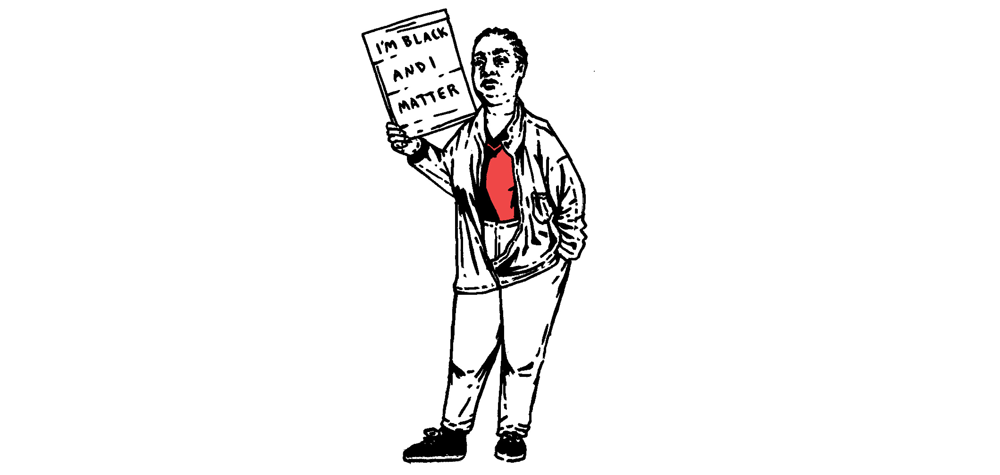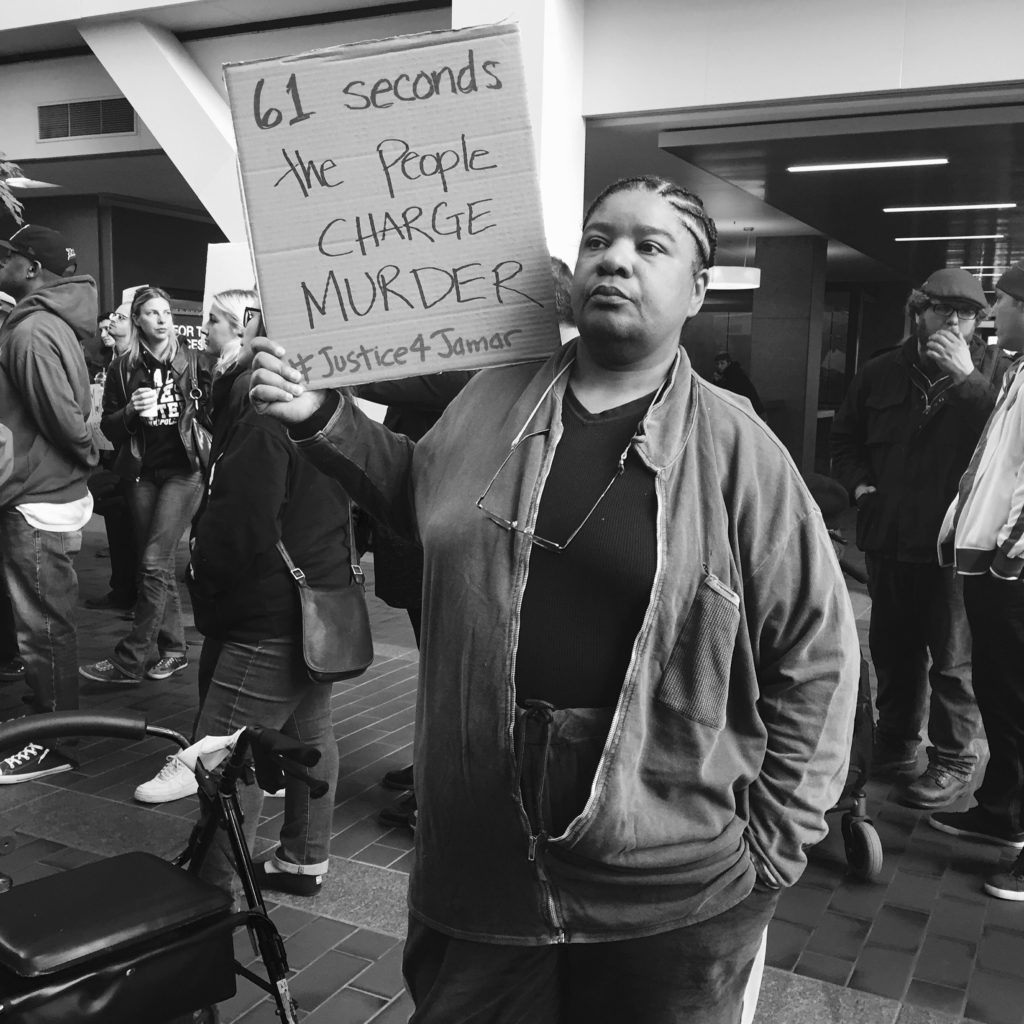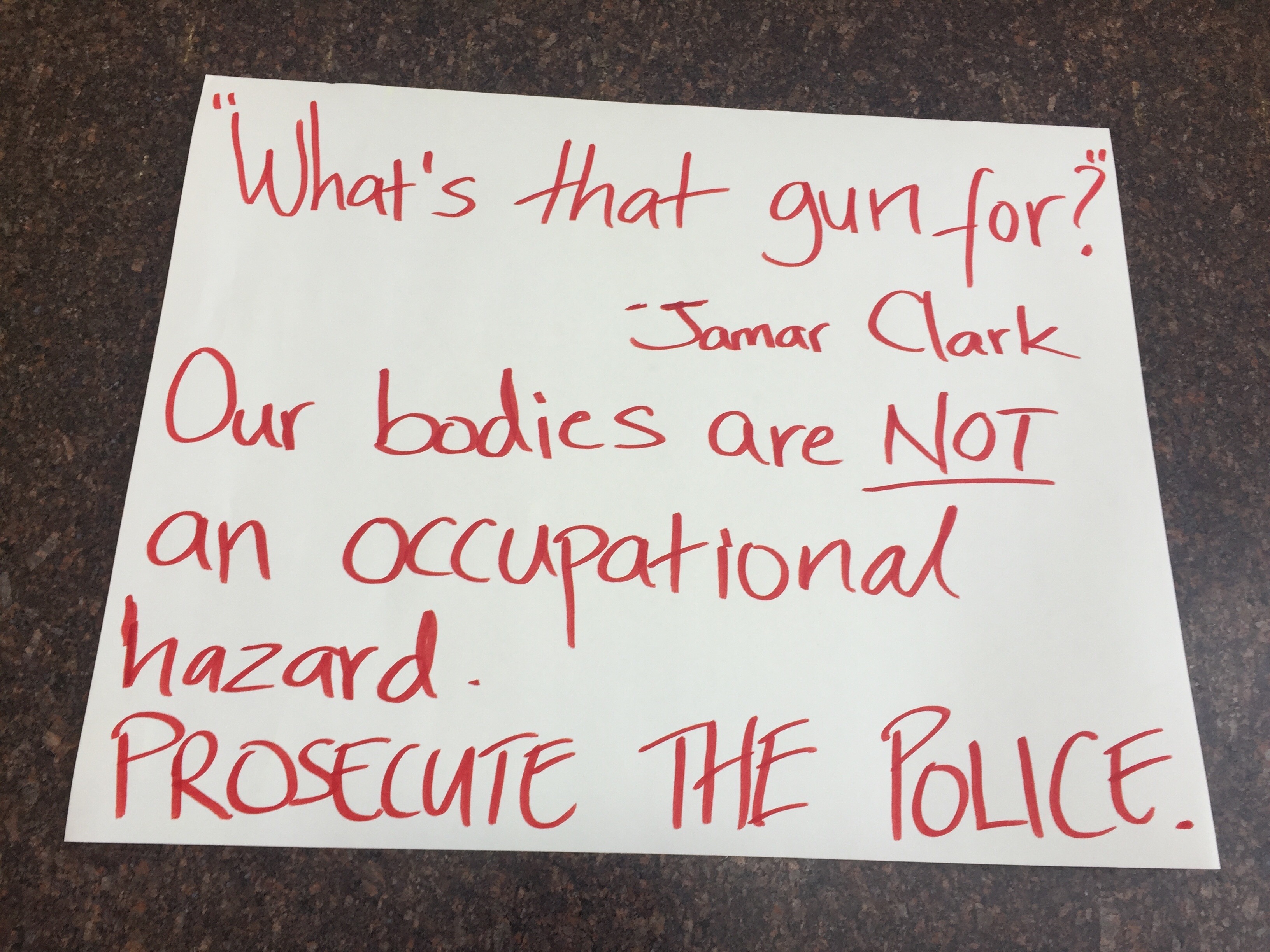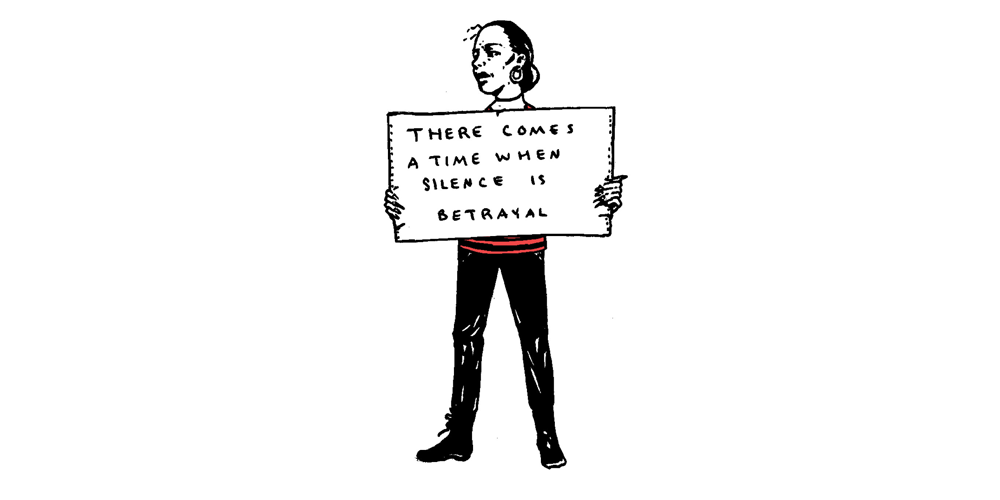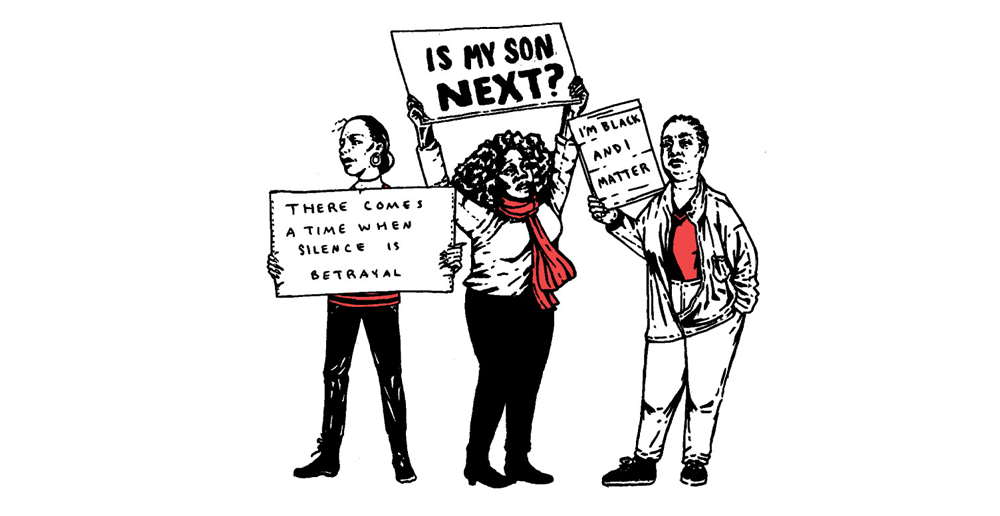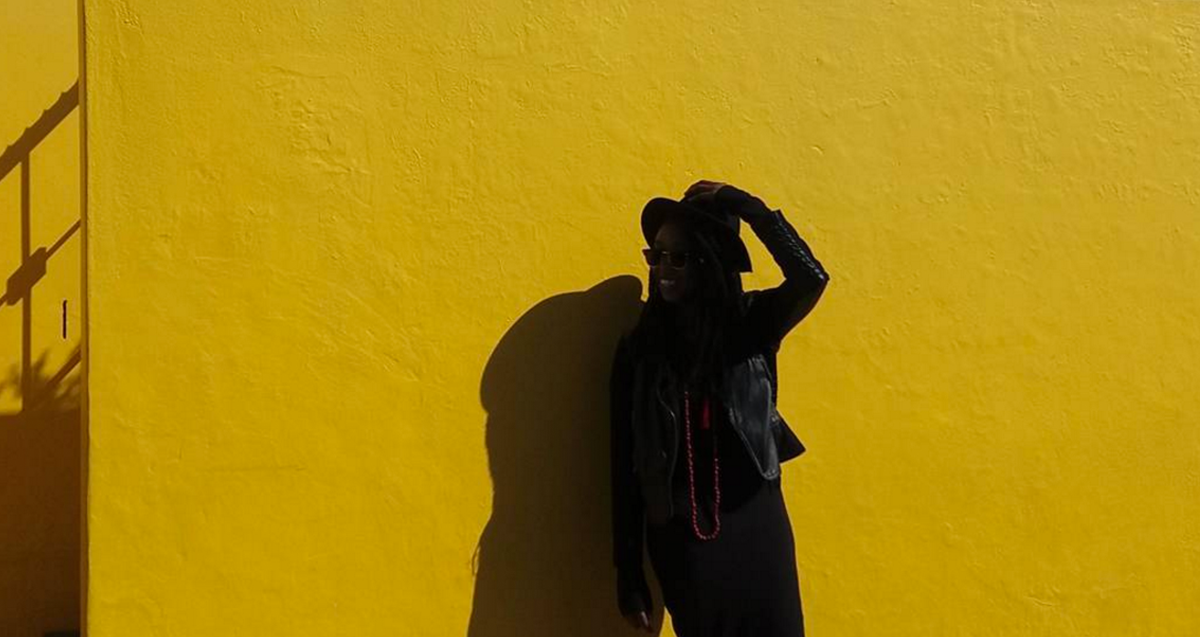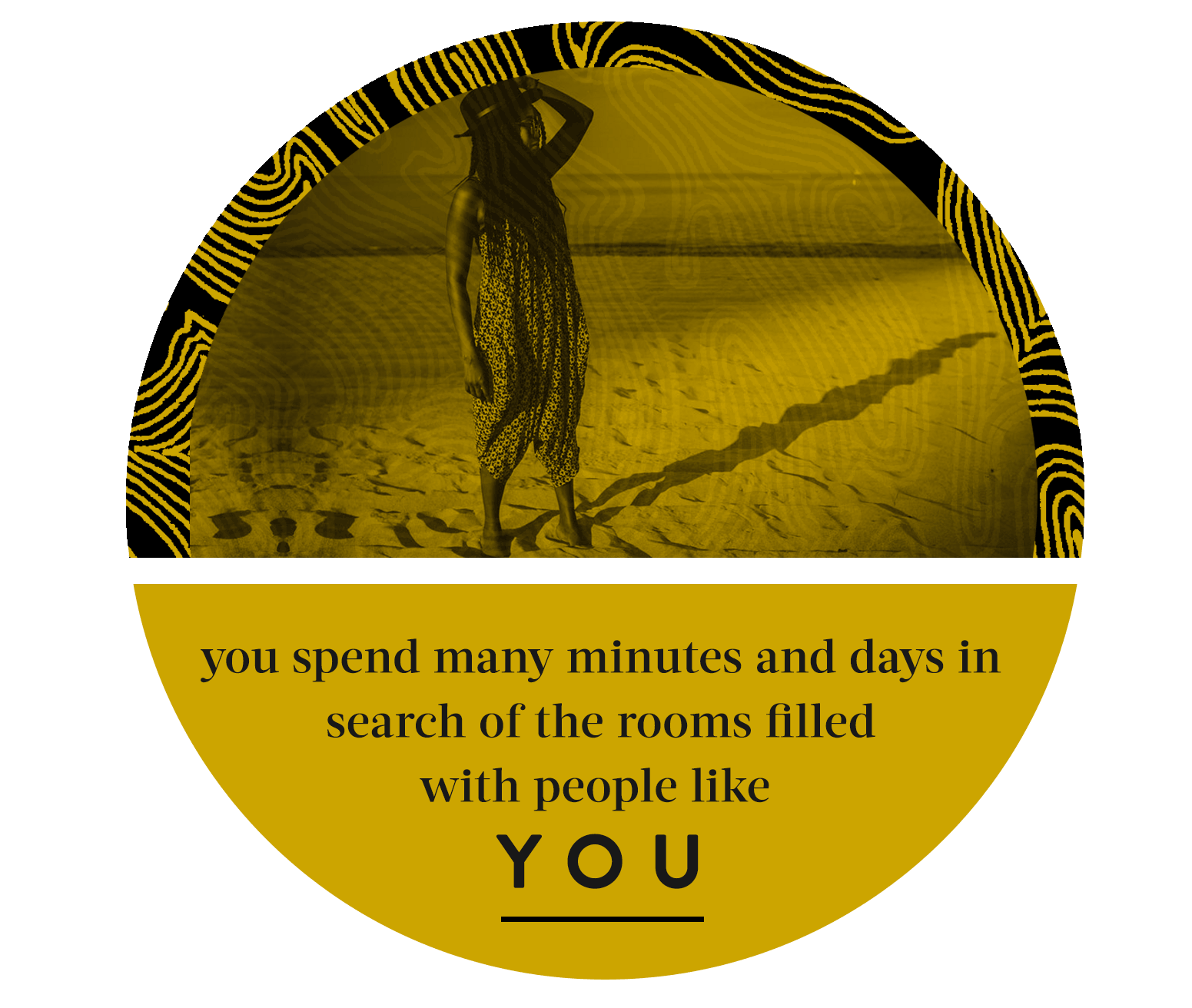
Twenty-five years after it opened, Kenya (still) houses the largest refugee camp in the world, Dadaab. The camp, built as civil war broke out in the early 90s in neighboring Somalia, was never intended as anything permanent—just a stop on your way elsewhere, or maybe even “back home.” But Dadaab outgrew its purpose much like war tends to, and is now home to anywhere between 280,000-350,000 people (depending on who you ask).
Driven by cycles of war and famine, many who arrive never leave. “Some call Dadaab a desert city, others an open prison.” Whatever it is, it mostly represents a forgotten place and a forgotten people. Establishing itself on the periphery of Kenyan livelihoods, it’s close enough to know about it, but still far enough for most Kenyans not to engage with it. Unless you yourself have been through the camp, or maybe your relatives or your job require that you know what is going on there.
There is my beautiful Abdi, then ten years old as he crossed the border from Somalia to Kenya. He tells me he licked the air, tasting freedom as he poked his head out his father’s car. There is Ilhan Omar, who returned to Somalia five years before she would be sworn into office, telling me of the mothers she met. Mothers who escaping hunger and the miles stretching before them, had been forced to leave their weakest children behind. “Most of us who survived war have survivors guilt,” Ilhan tells me one November morning. “But how do you survive when you’ve left your own children?”
There is Rageh who goes back to Mogadishu regularly these days for work. “Things are getting better,” he tells me, as decades of instability stretch on in Somalia. There is the artist and healer, Nimo, whose Facebook posts continue to remind us that the Trump administration is a “public health problem.” She sits in Minneapolis now, angry at “the selfish qab qablayaal, profiteers of violence and Somali warlords, for uprooting and leaving us scattered as refugees all over the world.”
There is Fayise who has never seemed bolder for speaking her name as we sit in our electronic hubs unraveling Donald Trump’s rapid decisions as president. A Sudanese refugee with three rich Arabic names that require the full use of your mouth when you commit to them, Fayise tells us, “tomorrow I will be flying into MSP,” amidst a thinly veiled Muslim travel ban, “and will be hoping and praying for all the others that shit continues to get shut down.” All 158 of us surround her in an embrace of ‘loves’ and ‘likes’ in response to her Facebook post. Others leave comments. They thank her for her courage, remind her that she is strong, that she is loved.
They each arrived as children in the US, their families uprooting themselves to be planted in new lands for their safety and survival. Most of them never making it to the place they dreamed of the most: home. But they made new ones, in Holland and Sweden, Australia and the Americas, Nairobi and Garissa. They ran track, collected new photos, found new jobs, learned new languages, married and had children of their own—bringing with them new cultures and food wherever they went. They grew and flourished, recognizing innately that “This earth belongs to us all. We can perch anywhere.”
This is the dream that is at risk of being lost when “hundreds of Somali refugees in Kenya…days from travelling to the US to start new lives under a longstanding resettlement programme,” find their resettlement halted in the wake of Trump’s Executive Order banning all refugee admissions into the US. Some of these refugees have waited 10 years in a sprawling desert city for this day. The fact that the Kenyan government intends to close Dadaab in a few months only adds to their uncertainty. In truth, most of these refugees will face forced repatriation to Somalia in the coming months. Borders are closing quickly across the West, the promised land for many refugees, and even within the African continent.
The travel ban imposed on refugees and individuals from Iran, Iraq, Libya, Somalia, Sudan, Syria, and Yemen is less about terrorism, this we know, than it is about war and its ailments. It’s about the refugees who pour out of the porous borders that we continue to insist should be impenetrable and the security costs of their continued insecurity. It is about failed American and Western military interventionism in the Horn of Africa and the Middle East. It is about our collective apathy toward tragedy that sits beyond our borders. It is a reminder that history repeats itself. That what we are witnessing is merely a repetition of our failures at imagining a radically different present.
It is an invitation to reflect on a larger crisis at hand and ask why, 25 years later, Dadaab still holds the largest number of refugees. What will become of the newer refugee camps sprouting the Turkey/Syria border, or the millions of other internally displaced persons from Libya to Yemen? In 2015, reflecting on a conversation between Daniel Ellsberg and Edward Snowden on the questions of citizenship and patriotism, Arundhati Roy wrote:
“What sort of love is this love that we have for countries? What sort of country is it that will ever live up to our dreams? What sort of dreams were these that have been broken? Isn’t the greatness of great nations directly proportionate to their ability to be ruthless, genocidal? Doesn’t the height of a country’s ‘success’ usually also mark the depths of its moral failure? And what about our failure? Writers, artists, radicals, anti-nationals, mavericks, malcontents—what of the failure of our imaginations? What of our failure to replace the idea of flags and countries with a less lethal Object of Love? Human beings seem unable to live without war, but they are also unable to live without love. So the question is, what shall we love?”
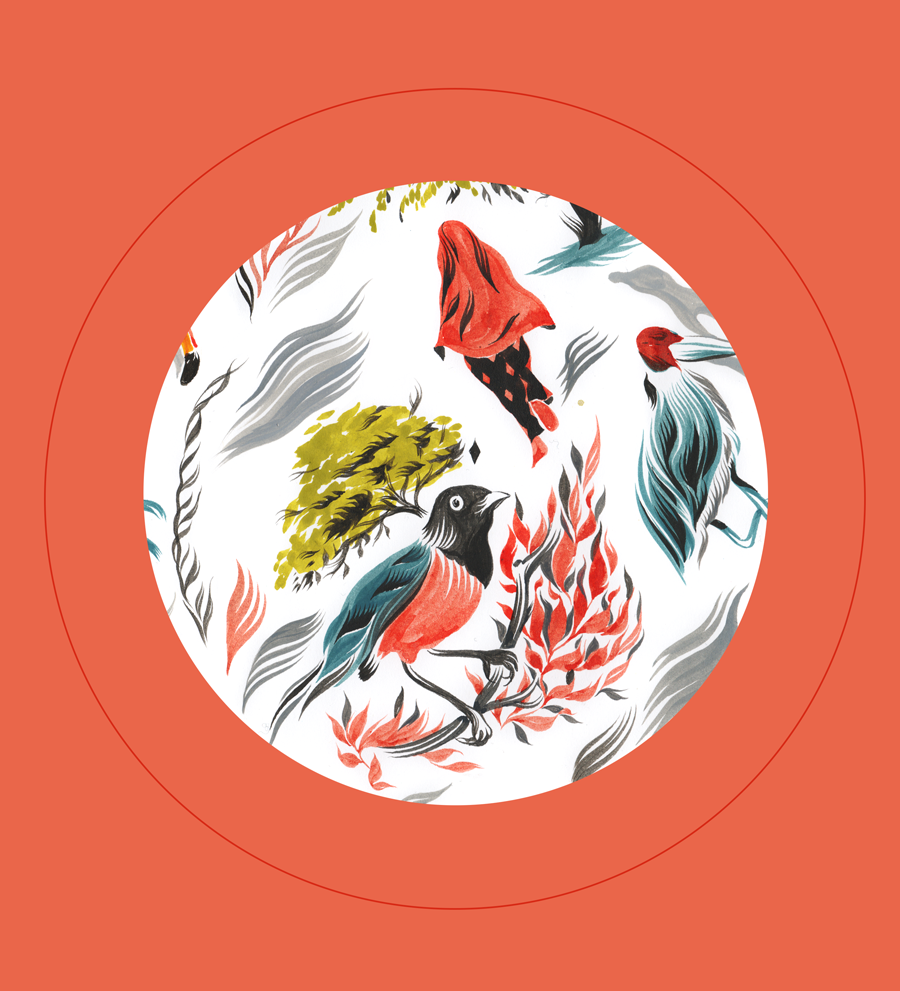
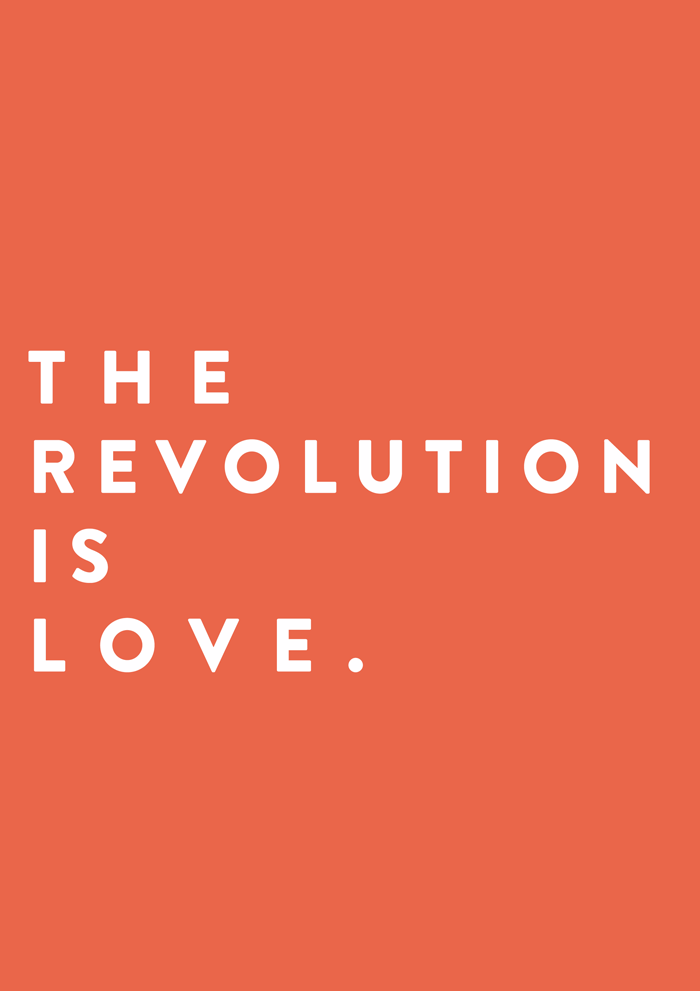

My name is Karī and I am a writer and a storyteller. As a Pollenite, I’m interested in telling stories that illuminate our differences with beauty and grace and show our dissimilarities as a way to build connections. This essay is part of a three part-column and is an opportunity to tell you about who I am, while exploring race and identity in America and beyond from a cross-cultural perspective.

Contributors
